How to satisfy the local demand with an optimal assortment
A growing number of SKUs to choose from, limited shelf space, heterogeneous store characteristics, and the increasingly fragmented customer demand put pressure on retailers to satisfy the local demand.
With real-time access to all mediums, consumers have become more specific and more demanding as far as the products they want to consume, their qualities and prices.
Consumers of all ages and backgrounds exhibit brand recall and top-of-mind instead of merely reaching out for the lowest price or what their local stores happen to stock.
Success can no longer be achieved from mere value chain efficiency. Size class-based or cluster assortments aren't enough to keep shoppers loyal.



